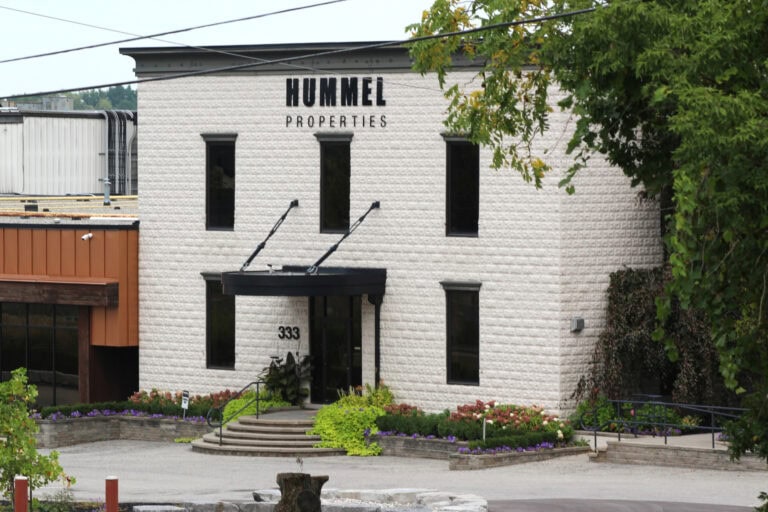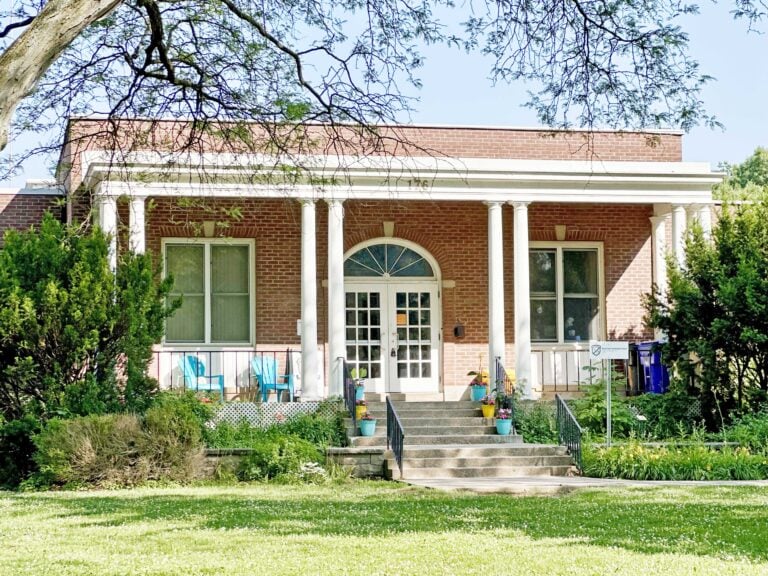Off the top, let’s take a moment to circle back around on the Two Sisters Resorts’ Parliament Oak application.
You may recall that in the Feb. 14 edition of The Lake Report (“Arch-i-text: Points of interest and infrastructure“), this columnist visited the efforts of three eminently qualified local experts to raise concerns with town planning staff, namely the probable issues that this development would pose to our existing infrastructure, the potential of exacerbating the already existing flooding events which impact over 100 homes along One Mile Creek and the town’s (taxpayers) liability exposure associated thereto.
During their February meeting with town employees, these experts were assured that the concerns which they had raised would be forwarded to Associated Engineering — the firm contracted to conduct a peer review of the original R.V. Anderson report submitted by the developer as a part of the application — for their consideration.
Now, last month the town posted the applicant’s third set of submissions pursuant to this application (see “325 King Street – Site Plan” on the Town of NOTL’s website: notl.com/business-development/public-planning-notices/325-king-street-site-plan), which included a site plan, civil drawing set and landscape plans (none of which departed markedly from early submissions) apparently intended to address and complete town staff’s outstanding requirements prior to moving forward with site plan approval.
That said, Associated Engineering’s peer review report — which should have been completed long since — is conspicuous in its absence.
As a “related document” that has a direct bearing on the validity of the premises, upon which the application has been developed and, more specifically, examining the issues raised by the local experts surrounding site servicing, stormwater management and the hydrogeological assessment, why has this report not been published on the town’s website in accordance with town council’s direction?
In the event this report has not been completed — which would be odd given that we’re eight months into 2025 — the question then becomes why would staff be proceeding with this application in the absence of any form of validation of the applicant’s claims?
It should be noted once again that R.V. Anderson (the applicant’s consultancy firm) specifically disclaimed all and any liability for decisions made by any third party — which includes the town — for decisions made based on their report(s).
As a final question at this juncture, why is there no employee parking plan included in this application? Even at a four-star hotel level (since the five-star suggestion is unlikely in the extreme), the underground parking capacity is woefully inadequate to address the number of spots that will be required by hotel staff.
Let’s turn the page on Old Town and head out to St. Davids, where, over the past few months, residents have been raising very legitimate questions regarding the capacity of the existing infrastructure in light of the new developments — both planned and approved.
After several communications with town staff, it was suggested that this infrastructure fell under the region’s jurisdiction and that we contact them.
Regional staff replied promptly to an inquiry and, during a meeting in their offices, stated that the region is only responsible for the sanitary sewer pumping stations (including the one at the old Town of NOTL dump), the force mains to the Stanley Road Niagara Falls sewage treatment plant and some main water mains in the St. Davids area.
Whereas, the Town of Niagara-on-the-Lake is responsible for all the sanitary sewer lines (that is the design, layout and maintenance thereof) and the quantity of sewage that enters #1 pumping station on Creek Road beside the cold storage in St. Davids. Further, the town is responsible for keeping track of the number of units connected to the sewage system and the volume of sewage (litres per second) that, at peak, could flow into the pumping stations.
As is typical of similar town or city jurisdictions across the province, these considerations and others (such as stormwater management) should be a normal part of the planning process associated with approval of new development applications, as guided by the parameters contained within a master sewage servicing plan.
Apparently, according to information provided by town staff to these residents, the town either does not have or cannot locate a master plan. As a result, it appears that development applications are being processed in the absence of the critical criteria necessary to evaluate the impact on our aging infrastructure.
Nor does it seem that the town actually knows what the current connected load versus the design capacity load is for #1 St. Davids pumping station.
So, how can planning and council legitimately allow for additional dwellings to be added to the sewage system?
And similar concerns have been raised vis-à-vis stormwater management.
In a rational world, the processing of current unapproved applications and the acceptance of new applications would be put on hold until the answers to these questions can be quantified.
In a rational world …
Brian Marshall is a NOTL realtor, author and expert consultant on architectural design, restoration and heritage.










